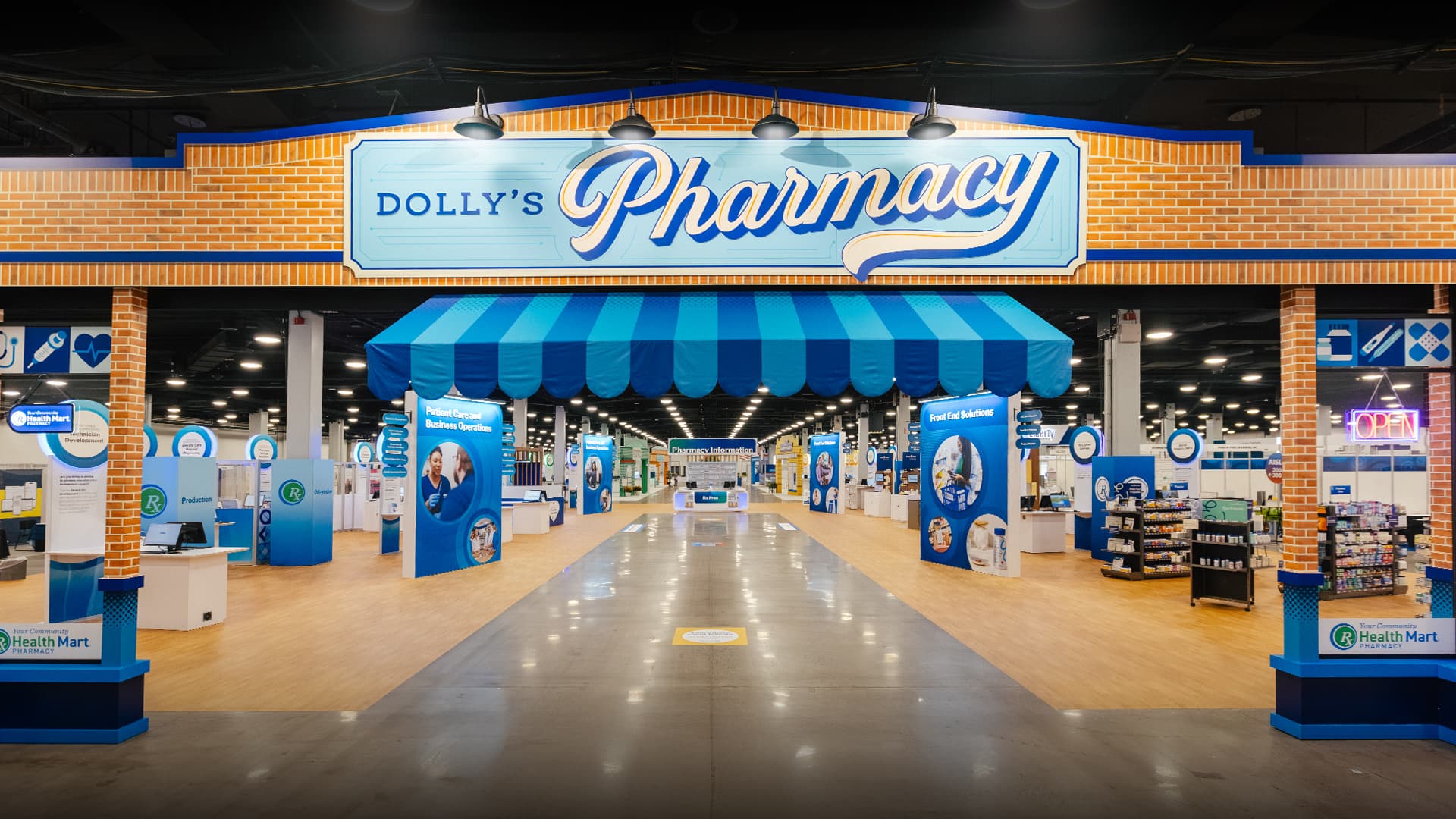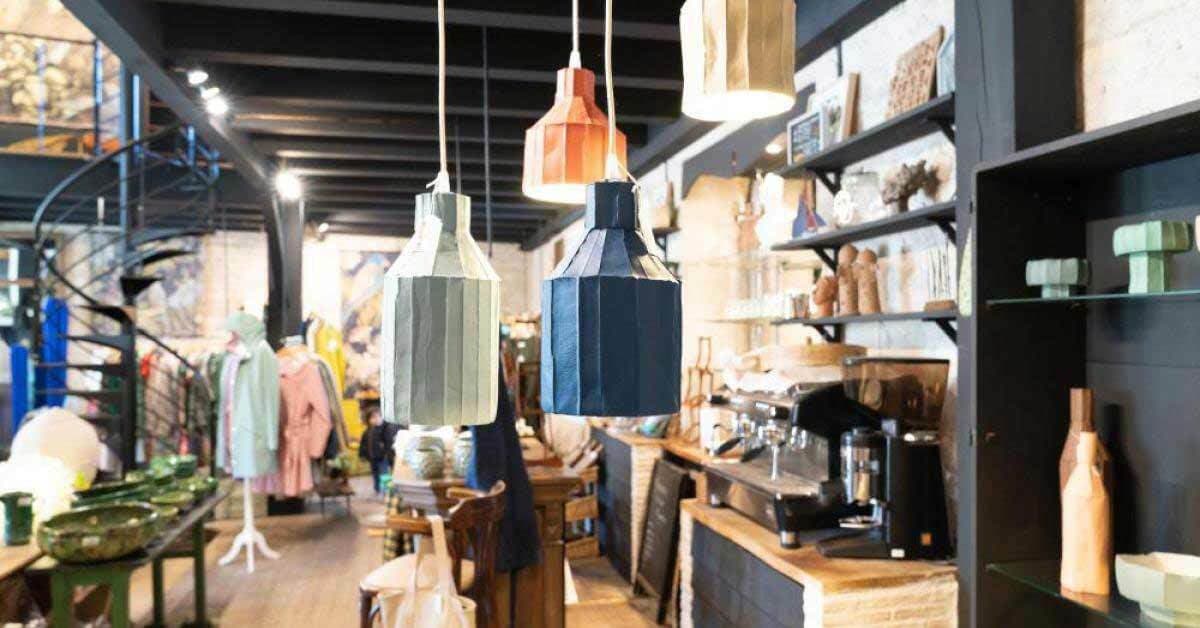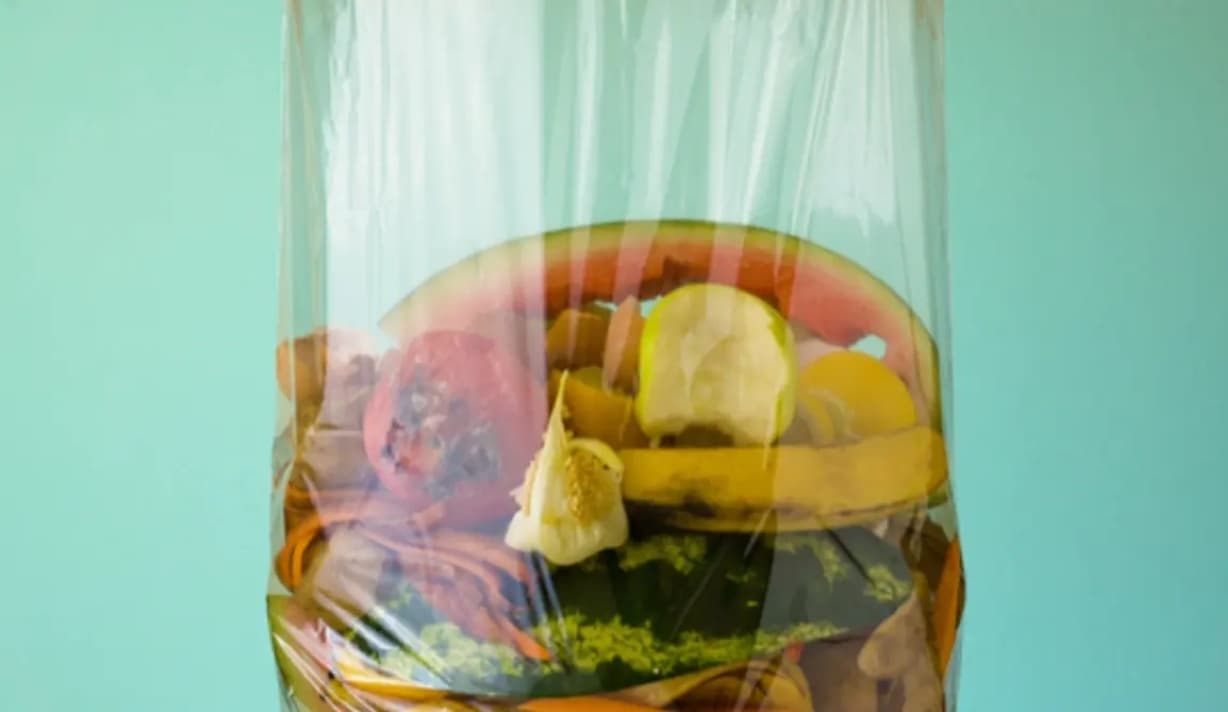Green Means Grow: Sustainability as a Competitive Edge


Reduce, reuse, reimagine your sustainability strategy.
As the world grows warmer each year, big-name brands and large industries have the opportunity to inspire and ignite change through their actions and the examples they set.
Trade show booths are a stellar opportunity for brands to be green. And as a new generation enters the expo floor, they step into the space equipped with urgency and an unwavering passion for environmental responsibility.
At Sparks and Freeman, we have ambitious goals and a strategic plan for a 50% reduction on GHG emissions by 2030. We also plan to achieve net zero carbon and zero waste by 2050.
If your thumb isn’t green yet, it’s about to be. Read on for practical, trade show sustainability solutions.
Next Gen Priorities
Within the next decade or so, Millennials and Gen Z will make up the majority of the workforce. As these generations work their way up, they bring a different lived experience and unique set of priorities. At the top of the list? Sustainability.
These profiles are not looking for the aesthetic of advocacy — they seek authentic action-taking and results-driven approaches. This can involve setting measurable goals, tracking environmental impact and more, according to Sparks SVP International, Jason Megson.
The generational shift in the workforce is already underway, and it’ll take more than greenwashing to meet the values these emerging profiles seek in partnerships.
“For Gen Z, sustainability is no longer a request, it’s an expectation as fundamental as electricity in a venue. We believe in designing with intent, which means first focusing on elements with the highest ROI, then choosing low-impact materials to maximize efficiencies and minimize waste,” says Karen Young, Senior Manager of Sustainability at Freeman.
By addressing these core priorities, brands can gain a competitive edge. Event and trade show booth design offer strong opportunities for brands to turn promises into action.
For Gen Z, sustainability is no longer a request, it’s an expectation as fundamental as electricity in a venue.
Driving Industry Change
From operations to event rollout and everything in between, create your own green initiatives in the experiential industry with these insights.
- Minimize New Materials: The days of creating net-new booths are over. It’s environmentally smarter to carefully consider which aspects of a booth can be made from reused or rented parts.
- At Sparks, we have a full inventory of rental items to create more sustainable, cost-efficient experiences for clients. By incorporating these practices, we reduce waste while harboring sustainable attitudes within our partners.
- Signage and carpets are common booth components that offer many practical options for sustainability. Refraining from adding event-specific details in graphics, for example, allows signage to be reused in following years. Integrating digital signs is another option to include interactive elements or multiple messages in one place.
- Ask your carpet provider if they have any rental options available. Depending on the provider, darker carpet colors are often easier to clean, encouraging a longer product lifespan.
- If there is a need for a new item, using natural materials like wood or metal is better for the planet than plastic or vinyl. When necessary, printing event-specific signage is best done on recyclable material with eco-friendly ink.
- Reface Waste: What to do with waste? If reducing and replacing materials for a product’s full lifespan is step one, what happens next?
- As the saying goes, one experiential marketer’s trash is another man’s treasure. At Freeman, retired rental furniture is delivered to a partnering furniture outlet.
- Then, by teaming up with local recyclers, donation programs or resellers, brands can responsibly recycle any other materials or equipment no longer up to industry standards.
- Reduce Emissions: In the event industry, our work has a direct impact on the environment. Having a thoughtfully crafted plan — from transportation, to storage and repairs — saves money and prevents environmental impact. An airtight plan from step one prevents clumsy mistakes and unnecessary emissions.
- Transportation and electricity are key here. Optimizing trailer loads, locating facilities close to key venues and sourcing from environmentally-conscious partners reduces miles and emissions on the road.
- Transportation and electricity are key here. Optimizing trailer loads, locating facilities close to key venues and sourcing from environmentally-conscious partners reduces miles and emissions on the road.
- Employee Engagement: Get educated and get involved! Creating an office Green Team, organizing volunteer opportunities or providing employee sustainability training are methods for fostering the make-change mindset in the workplace, project planning and design stages. By integrating this mindset into company culture, there is powerful potential to drive change outside of work, too.
Everybody Wins
From operations to event rollout and post-event analysis, implementing sustainable practices positively impacts brand perception, increasing brand loyalty and improving company reputation.
The call for sustainable practices and products is no longer a trend, it’s a demand from the newest generations entering the workforce. By absorbing these insights, working as one and taking action, we can make the world a healthier place for generations to come.


